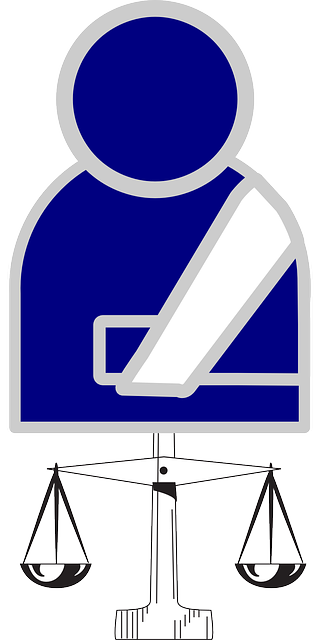Employment law compliance protects workers' rights against discrimination, fair wages, and safe conditions. To file a complaint, identify the violation, gather evidence (pay stubs, emails, witness statements), contact the relevant regulatory body handling white-collar crimes, and provide proper documentation with a narrative for resolution. Non-compliance leads to legal consequences and reputational damage. Successful complaints require understanding applicable laws, identifying specific violations, gathering supporting documents, and adhering to filing deadlines and procedures. When charges are brought, follow specific steps like gathering evidence, adhering to time frames, and presenting the case precisely to achieve dismissal, particularly in complex issues.
Navigating regulatory compliance issues in employment law can be complex, but understanding the process is crucial for both employers and employees. This article guides you through critical aspects of employment law complaints, offering a clear roadmap. We explore ‘Understanding Regulatory Compliance Issues’, provide practical insights on ‘Steps to File an Effective Employment Law Complaint’, and share strategies for successful ‘Post-Complaint Navigation’. By following these steps, you’ll enhance your chances of achieving justice and resolution in employment disputes.
- Understanding Regulatory Compliance Issues in Employment Law
- Steps to File an Effective Employment Law Complaint
- Post-Complaint Navigation: Ensuring Justice and Resolution
Understanding Regulatory Compliance Issues in Employment Law
Employment law compliance issues are a complex web of regulations designed to protect workers’ rights. From discrimination based on race, gender, or age, to ensuring fair wages and safe working conditions, understanding these laws is crucial for both employers and employees. Regulatory non-compliance can lead to severe legal repercussions, including costly settlements and damage to a company’s reputation.
When an employer or employee feels their rights have been violated, the steps to file an employment law complaint are clear. First, identify the specific violation and gather evidence. This might include pay stubs for wage disputes, emails or texts regarding discrimination, or witness statements. Then, contact the relevant regulatory body responsible for investigating such complaints. For instance, in cases of white-collar and economic crimes, the process often involves all stages of the investigative and enforcement process, ensuring a thorough examination. Whether dealing with corporate or individual clients, proper documentation and a clear narrative can greatly aid the resolution of these sensitive matters.
Steps to File an Effective Employment Law Complaint
Filing an effective employment law complaint involves a clear and strategic approach. First, thoroughly research and understand the specific laws applicable to your situation, as these vary based on jurisdiction and industry. Identify the alleged violations, whether they involve discrimination, harassment, or unfair treatment, and gather all relevant documentation, including emails, contracts, and witness statements. This process is crucial for building a strong case.
Next, determine the appropriate regulatory body to file your complaint with. Different jurisdictions have dedicated bodies that handle employment disputes, ranging from local labor departments to national equal opportunity commissions. For both corporate and individual clients, ensuring your complaint is filed within the specified deadlines is vital. Across the country, these timelines are consistently enforced, so be prompt in initiating the process.
Post-Complaint Navigation: Ensuring Justice and Resolution
After a complaint is filed regarding regulatory non-compliance, especially in employment law cases, navigating the process effectively becomes crucial for achieving justice and a favorable resolution. The first steps involve gathering comprehensive evidence, including any documentation that supports the claim of violation. This may include contracts, emails, performance reviews, or witness statements. Once this is done, filing a detailed complaint with the appropriate regulatory body is the next critical action.
The process to file an employment law complaint typically includes specific procedures and time frames that must be adhered to. These steps ensure that all relevant information is presented clearly, enabling the regulatory authority to thoroughly investigate the matter. It’s important to remember that while these steps are essential for a robust case, achieving extraordinary results depends on presenting your case with precision and perseverance, especially when dealing with complex issues like white-collar and economic crimes. The goal is a complete dismissal of all charges, which can be facilitated by meticulous preparation and a strategic approach.
Navigating regulatory compliance issues in employment law can be complex, but understanding the process and taking proactive steps is crucial. By familiarizing yourself with the Steps to File an Employment Law Complaint, you empower yourself to seek justice and resolution. Each stage, from recognizing violations to post-complaint navigation, plays a vital role in ensuring fairness and holding employers accountable. Remember that knowledge is your strongest tool in this process.






